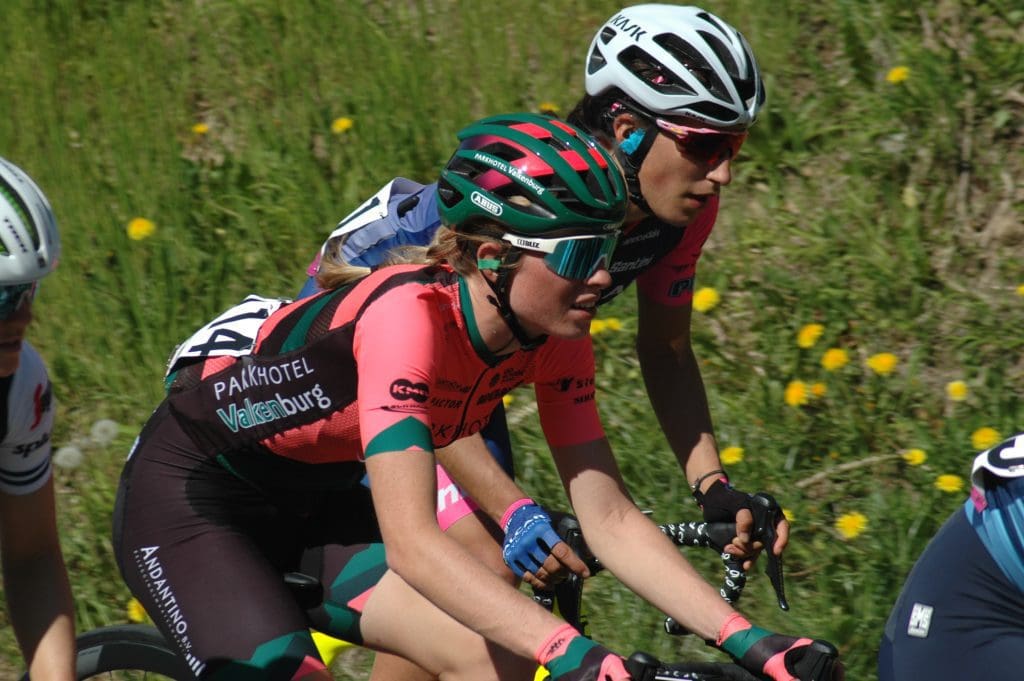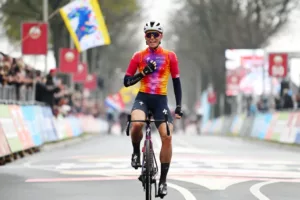Professional cyclists are some of the most dedicated and talented athletes in the world. They must have the endurance to cycle long distances at high speeds, often for several hours at a time. The average speeds of pro cyclists during races and training can vary widely depending on the terrain, weather conditions, and individual skill level. In this article, we will take a closer look at the average speeds of pro cyclists during races and training.
Average Speeds During Races
Professional road cycling races are typically held on roads that are open to traffic. The courses may include steep climbs, long descents, and winding roads. The distance of the races can vary from a few dozen kilometres to several hundred kilometres. During these races, pro cyclists must maintain a high average speed in order to stay competitive.
The average speed of pro cyclists during races can vary widely depending on a number of factors. Some races, such as time trials, are designed to be completed as quickly as possible, so the average speeds tend to be very high. In contrast, mountainous stages tend to be slower due to the difficulty of climbing steep gradients.
According to a study conducted by the International Journal of Sports Medicine, the average speed of professional cyclists during the Tour de France was 39.6 kilometres per hour (24.6 miles per hour) in 2015. This is an incredibly fast pace, considering that the race covers a distance of over 3,500 kilometres (2,175 miles) in just 21 stages. The fastest recorded average speed for a Tour de France stage was set by Rohan Dennis in 2015 back in Utrecht on the opening day of the race when he completed the 14-kilometre (8.7-mile) time trial at an average speed of 55.45 kilometres per hour (34.5 miles per hour).
During one-day races, the average speed tends to be slightly higher than during multi-stage races such as the Tour de France. The average speed for the 2019 Paris-Roubaix race, for example, was 43.2 kilometres per hour (26.8 miles per hour). This race is known for its rough, cobbled sections, which can slow down the riders and increase the risk of crashes.
Average Speeds During Training
Professional cyclists must train regularly in order to maintain their fitness and improve their performance. During training rides, the average speeds tend to be lower than during races, as the focus is on building endurance rather than speed and the lack of the draft effect from the large peloton.
The average speed of pro cyclists during training rides can vary widely depending on the terrain and the intensity of the ride. A flat, easy ride may have an average speed of 30 kilometres per hour (18.6 miles per hour), while a hilly, more intense ride may have an average speed of 20 kilometres per hour (12.4 miles per hour).
According to a study published in the European Journal of Applied Physiology, the average speed of professional cyclists during training rides was 34.4 kilometres per hour (21.4 miles per hour) in 2014. However, this figure includes both easy and intense rides, so the average speed for a specific type of ride may be higher or lower.
It’s worth noting that pro cyclists often use power meters and heart rate monitors to track their training intensity, rather than focusing solely on average speed. These devices provide more detailed information on the effort required to complete a ride, which is a more accurate measure of fitness and performance.
The average speeds of pro cyclists during races and training can vary widely depending on a number of factors. During races, the average speed tends to be higher than during training rides, as the focus is on speed and competition rather than endurance. The terrain, weather conditions, and individual skill level can all affect the average speed of pro cyclists during races and training.






